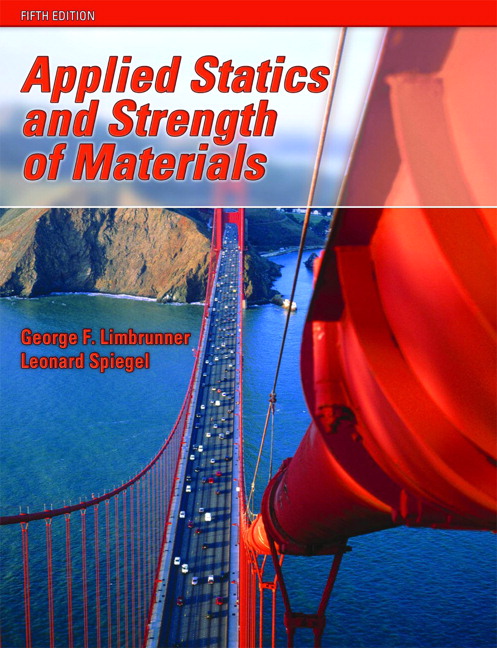Black men who have sex with men (MSM) in the U.S. are more likely to be HIV-positive than White MSM. Intentional and unintentional segregation of Black from non-Black MSM in sex partner meeting places may perpetuate this disparity, a fact that is ignored by current HIV risk indices, which mainly focus on individual behaviors and not systemic factors. This paper capitalizes on recent studies in which the venues where MSM meet their sex partners are known. Connecting individuals and venues leads to so-called affiliation networks; we propose a model for how HIV might spread along these networks, and we formulate a new risk index based on this model. We test this new risk index on an affiliation network of 466 African-American MSM in Chicago, and in simulation. The new risk index works well when there are two groups of people, one with higher HIV prevalence than the other, with limited overlap in where they meet their sex partners.
翻译:在美国,与男性发生性关系的黑人男性(MSM)比白人男性(MSM)更有可能是艾滋病毒阳性。在性伙伴会议地点有意和无意地将黑人与非黑人的MSM隔离开来可能会使这种差异长期存在,但这一事实被目前的艾滋病毒风险指数所忽视,该指数主要侧重于个人行为而不是系统因素。本文利用了最近研究的结果,即MSM与性伙伴会面的地点是已知的。连接个人和场所导致所谓的联系网络;我们提出了艾滋病毒如何在这些网络中传播的模式,我们根据这一模型制定了新的风险指数。我们在芝加哥的466个非洲-美国MSM的附属网络上以及在模拟中测试这一新的风险指数。当有两组人,其中一组艾滋病毒感染率高于另一组时,新的风险指数效果很好,在他们与性伙伴见面时重叠的程度有限。




